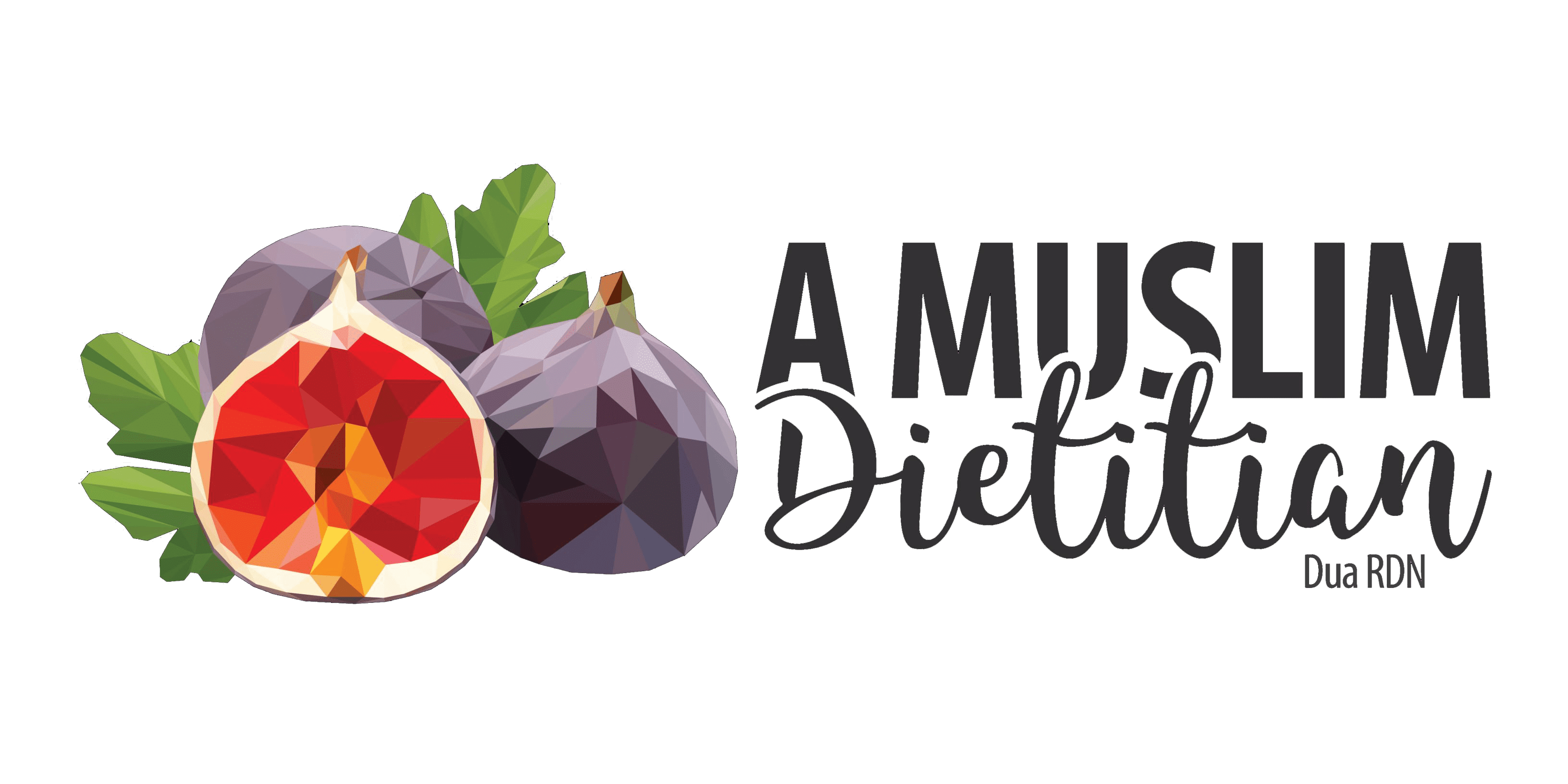Shifting to nutrient dense foods means moving towards incorporating more foods that are nutrient dense. This is the recommendation of the USDA 2015 Dietary Guidelines: “Choose nutrient dense foods and beverages across and within all food groups.”
But what are nutrient dense foods?
The nutrient density of a food is determined by the nutrients it provides compared to the energy we get from it. Nutrients include energy sources like proteins, fats, and carbohydrates but also include things like vitamins, minerals, and water. The first three are our sources of energy in the body, they contain the calories of the foods we eat. The second three are more like energy helpers, they help the body function at maximum capacity. A nutrient dense food packs a lot of punch for the energy it provides. They are foods rich in vitamins, minerals, healthy fats, fiber, and water.
There’s no one size fits all answer in terms of what is a considered a nutrient dense food as opposed to one that is not nutrient dense. No specific ratio but the goal is to try and incorporate nutrient dense choices when we can. The primary things that decrease a food’s nutrient density are added sugars and added fats. These add energy without also adding nutrients so they decrease the overall nutrient density of a food. Fruits and vegetables are packed with nutrients and therefore having whole fruits and vegetables is an excellent way to know you’re having nutrient dense foods. Honestly, in general – more whole fruits and veggies is the way to go.
Can you provide some examples of how to make this shift?
Why, yes I can – I thought you would never ask! Below are some examples of food choices and how to shift towards more nutrient dense choices.
- Apple VS Apple Pie –> Ok, this is an extreme example as the two are not in the same category but just to clarify, an apple is full of vitamins, water, and fiber and therefore super nutrient dense. When you add in the pie crust (which is just flour and butter) and a lot of sugar; the nutrient density goes down. That doesn’t mean you can’t ever have apple pie, its just helpful to recognize the difference. Apple pie can also be modified (quite simply too!) to be more nutrient dense: 1) about 1/3 of the sugar can be removed without much flavor sacrifice and 2) using sweeter apples makes it easier to decrease the added sugar.
- Apple VS Canned Apple in Syrup –> This is a more realistic example, the syrup will provide added calories without also providing any added nutrients. If choosing canned fruit, choose fruits that are canned in 100% fruit juice; this will have less added sugar as it comes from the fruit juice. Be careful of cans that say “no added sugar” on them, they will usually use an alternative sweetener rather than just not sweetening the juice surrounding the fruit.
- Fresh Green Beans VS Frozen Seasoned Green Beans –> This is also a more practical comparison. Fresh green beans, like apples, are full of vitamins, water, and fiber and therefore super nutrient dense. Frozen seasoned green beans will still have the green beans but will usually also contain some sugar and added fat which will decrease the nutrient density of the beans. If you prefer frozen green beans (which is honestly the way to go), opt for plain green beans and season at home. You will rarely add sugar at home but it’s common in frozen seasoned veggies.
- Salad with Olive Oil and Vinegar VS Salad with Ranch Dressing –> Ranch dressing is a condiment that is not nutrient dense at all while adding olive oil and vinegar not only adds dressing but also adds healthy fats to the salad and therefore you can maintain nutrient density.
- Whole Vegetable VS Whole Vegetable Juice –> This one may seem like a toughie, whole vegetable provides lots of fiber while whole vegetable juice means more vegetables consumed. That being said, fiber is an important nutrient that we do not consume enough of on average in the US. Most adults only get around 15g of fiber when needs are 25g+. Also, fresh fruits and vegetables are important but is consuming THAT much really beneficial? I’m not sure, but there’s probably a limit.
- Lean Burger VS Fatty Burger –> Both burgers will provide a similar amount of nutrients but the fatty burger will be higher on the energy side and therefore less nutrient dense.
- Whole Grain Bread VS Refined Grain Bread –> Refined grains are literally made by stripping the grain of a lot of the nutrient rich parts, the bran and the germ. Whole grains are rich in vitamins, iron, and fiber.
The goal from this post is to equip you with the tools necessary to make your food choices because knowledge is POWER! Often times we do not realize how much we dilute our foods because of our food culture. This post is not about denying less dense foods but when we really tune into our bodies, they let us know they’re in need of those nutrients!
